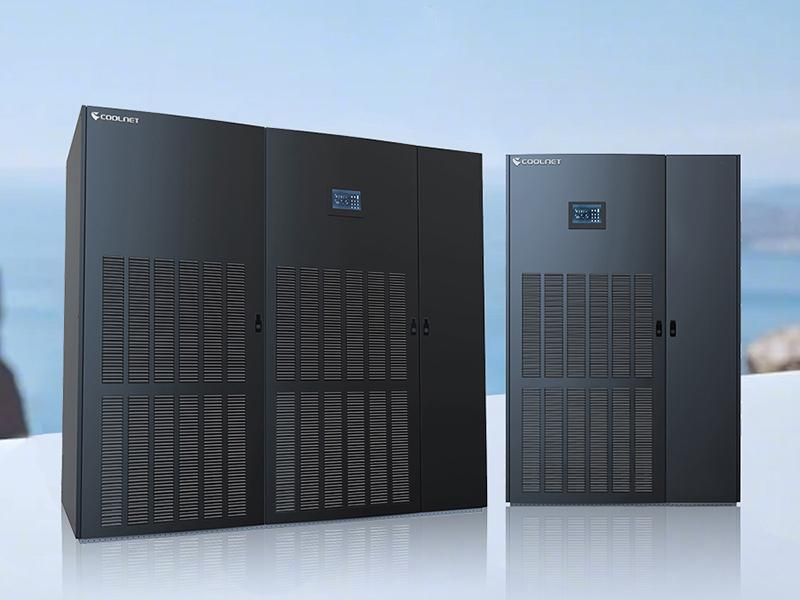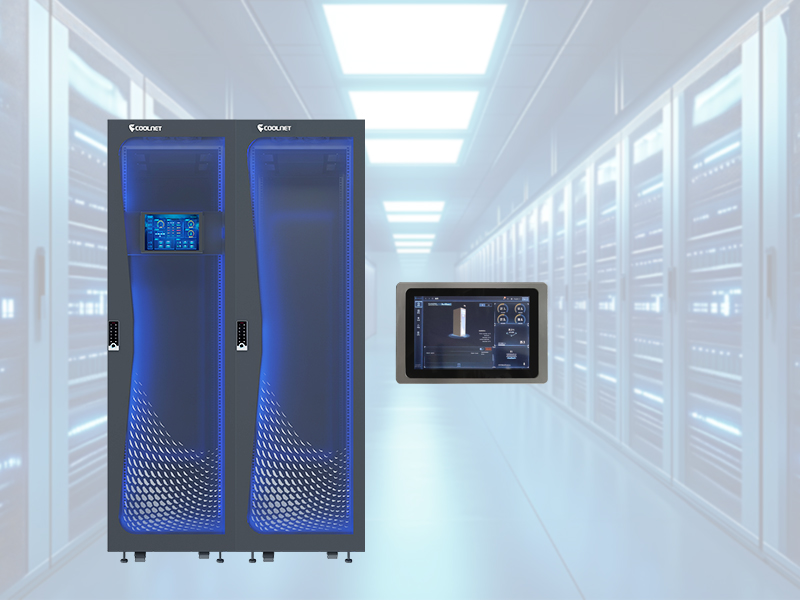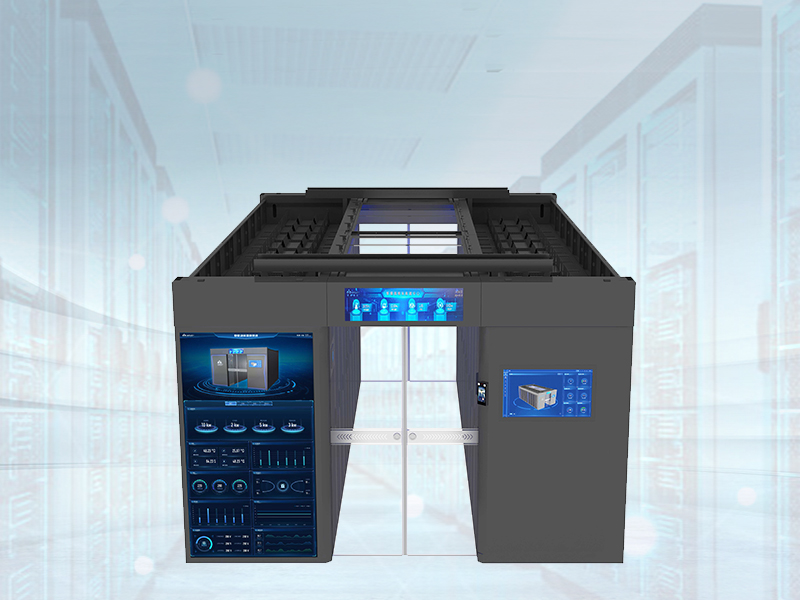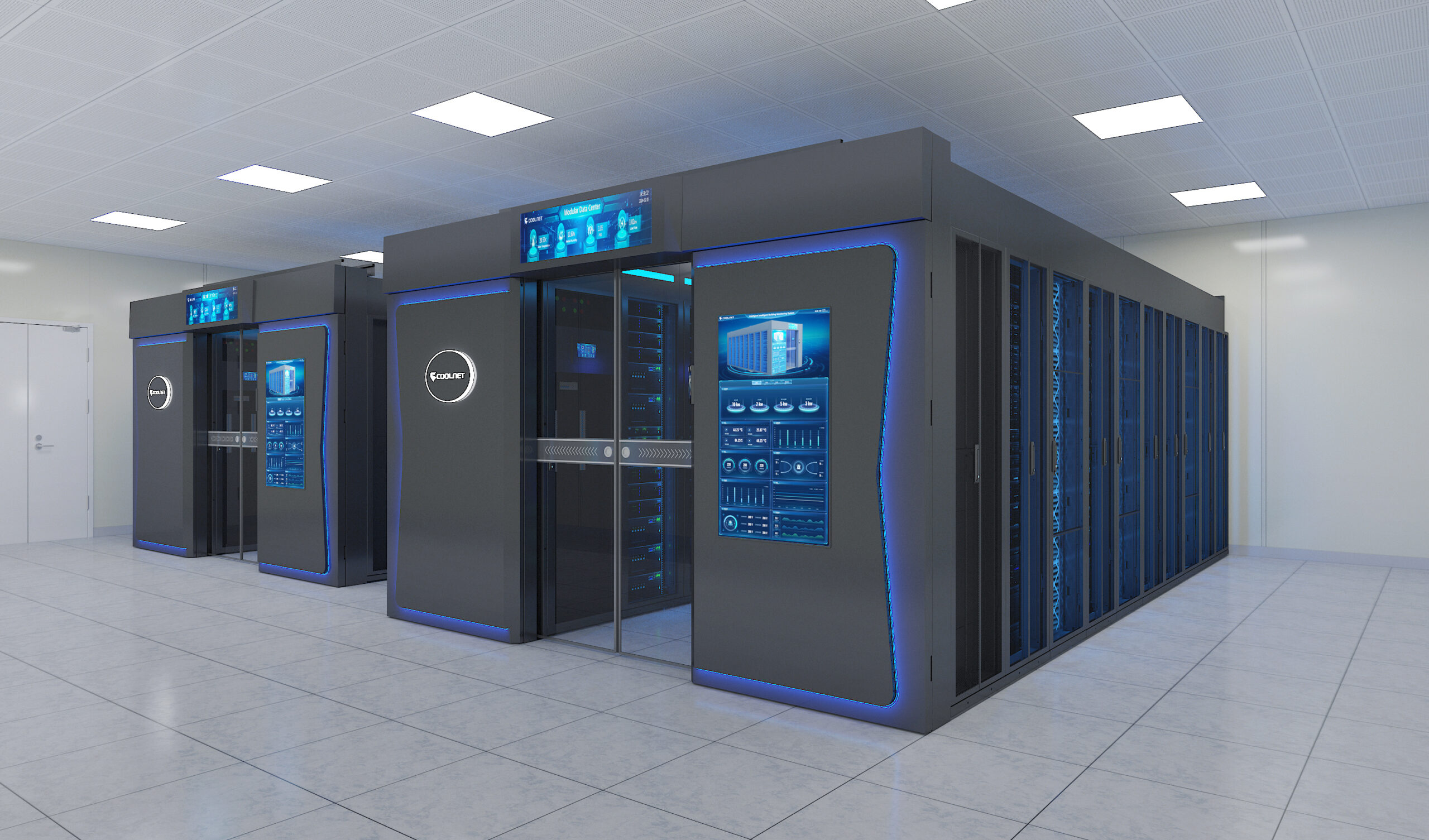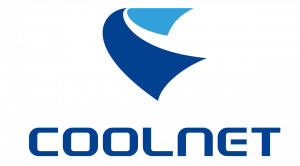At Coolnet, we’ve seen firsthand how both regional regulations and market forces shape energy innovation in data centers. When it comes to precision air conditioning for data center facilities and systems like the chilled water system data center operators rely on, these two factors often pull in different directions. Let’s explore which one has a bigger impact on driving meaningful change.
Regional Regulations: The Push for Compliance
Regulations vary widely by region, and they can either spark innovation or create roadblocks. In areas with strict energy efficiency standards, for example, data centers are forced to adopt advanced cooling solutions. Our chilled water system data center offerings, which use water-based cooling to improve heat transfer efficiency by 25-30%, were developed partly in response to such regulations. These rules push operators to invest in technologies that might otherwise be overlooked for cheaper, less efficient alternatives. However, overly rigid regulations can also hinder innovation by limiting the types of solutions allowed, leaving little room for experimentation.
Market Economics: The Pull of Cost Savings
Market forces, driven by electricity pricing and cooling costs, create their own incentives for innovation. When energy prices are high, data centers naturally seek out more efficient systems. Precision air conditioning for data center facilities becomes a priority because it directly reduces operational expenses. Our CyberMaster Series PAC, with its intelligent EC fans that save 30% in energy use, appeals to operators in regions where electricity is costly—no regulation required. Market economics reward solutions that balance performance and cost, encouraging incremental improvements. But they can also slow progress; in areas with low energy costs, there’s less urgency to innovate.
Finding Balance: Where Regulation and Markets Collaborate
The most impactful innovation often happens where regulations and market forces align. For instance, regions with both high energy prices and strict efficiency standards see rapid adoption of technologies like our chilled water system data center solutions. In these cases, regulations set a baseline, while market economics drive operators to exceed it. Coolnet’s approach, which focuses on meeting international standards while optimizing for cost, thrives in such environments. We design our precision air conditioning for data center use to comply with regulations and deliver long-term savings, bridging the gap between compliance and profitability.
Conclusion
Both regional regulations and market economics play vital roles, but regulations often act as the initial catalyst for innovation, while market forces determine whether these innovations are sustained. Without regulations, cost pressures might lead to short-term fixes rather than long-term progress. At Coolnet, we leverage this dynamic by creating solutions that satisfy regulatory requirements and offer economic benefits. Whether through our chilled water system data center options or precision air conditioning for data center facilities, we’re committed to innovation that works for both compliance and the bottom line.

